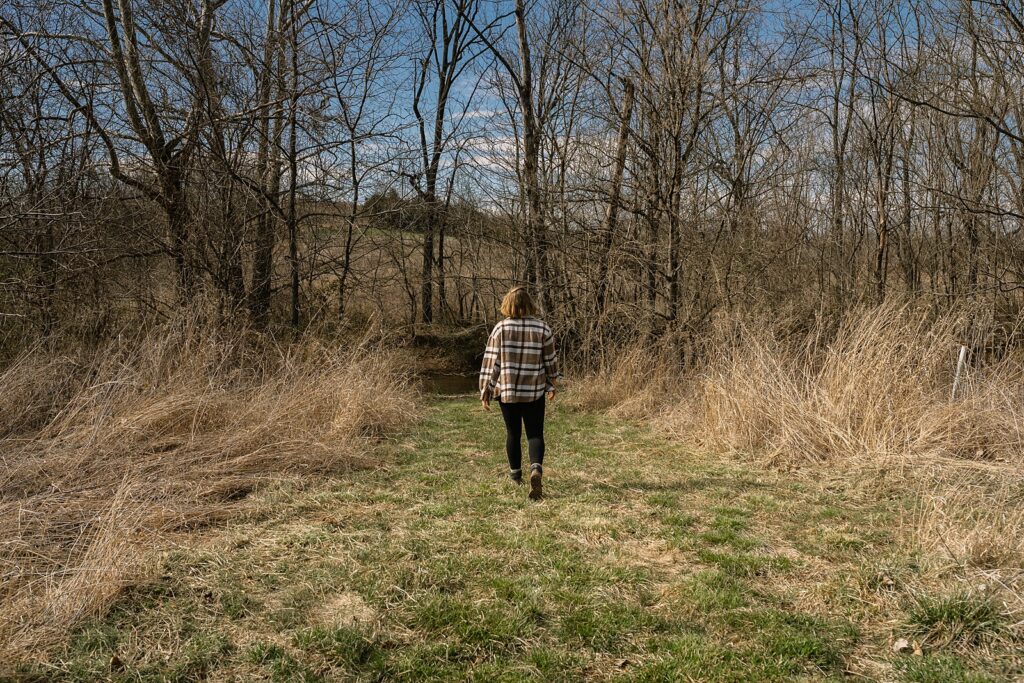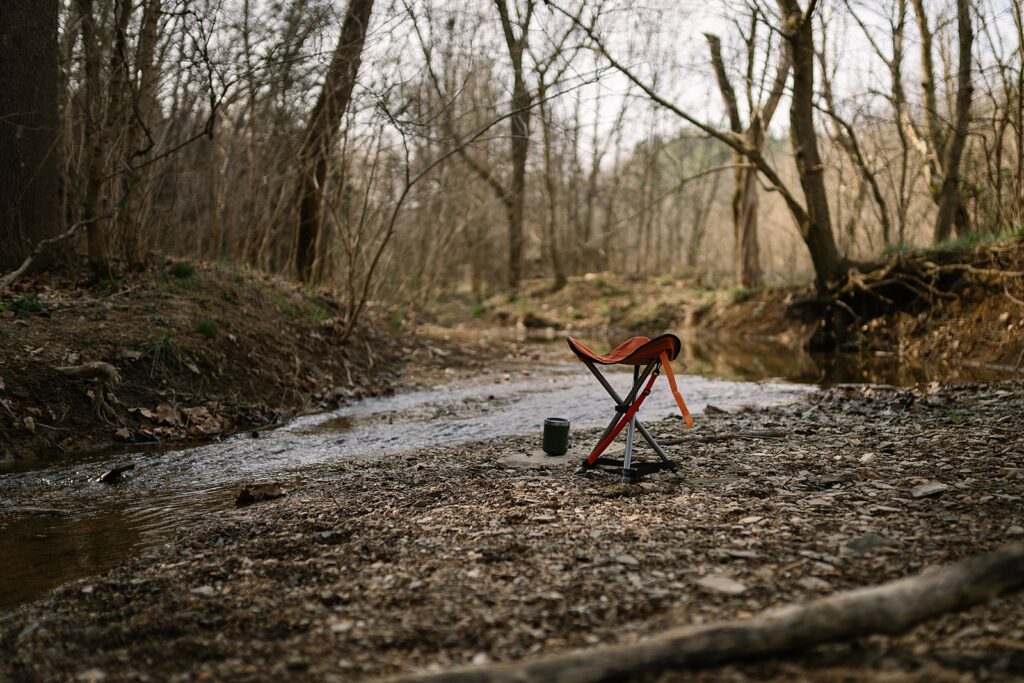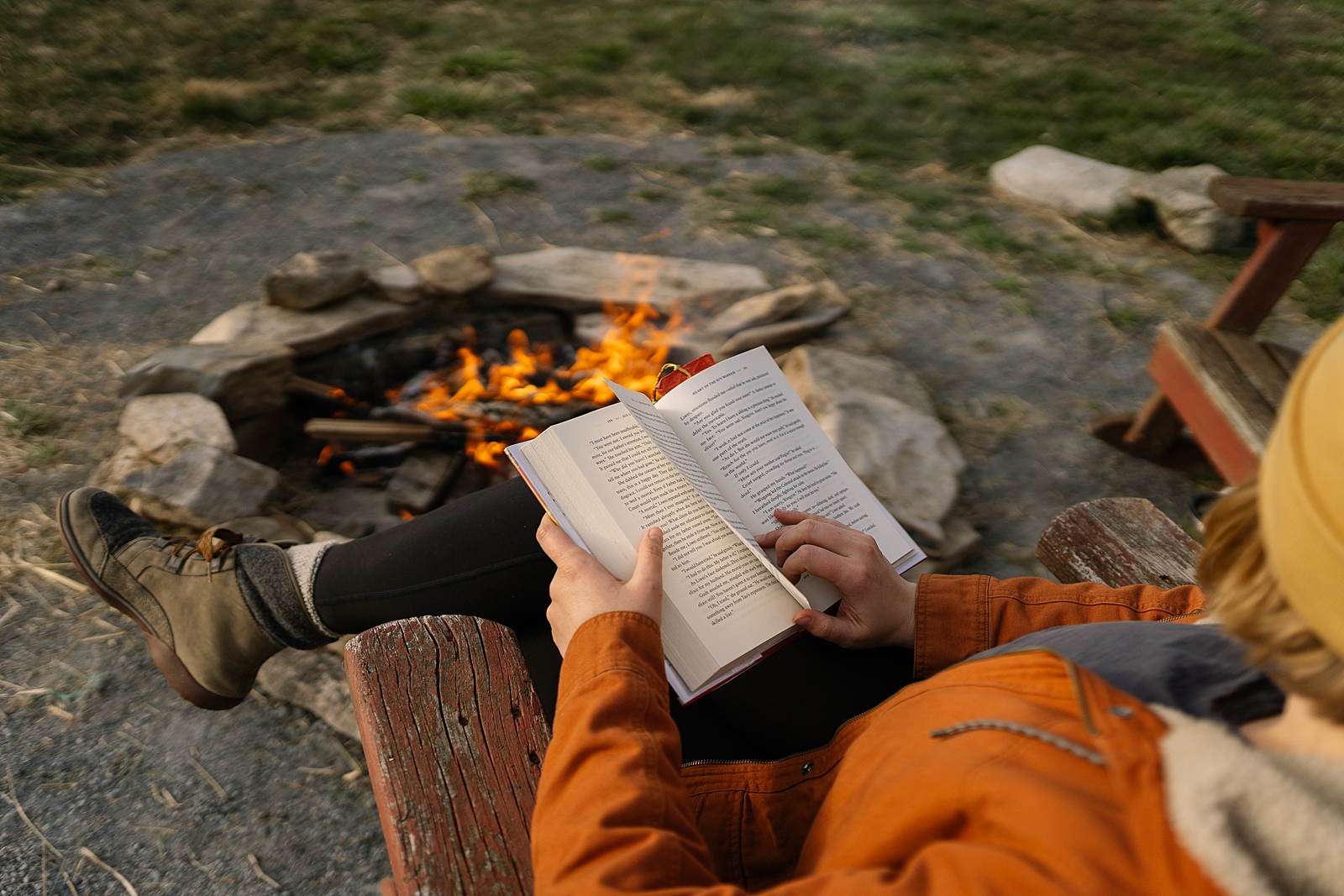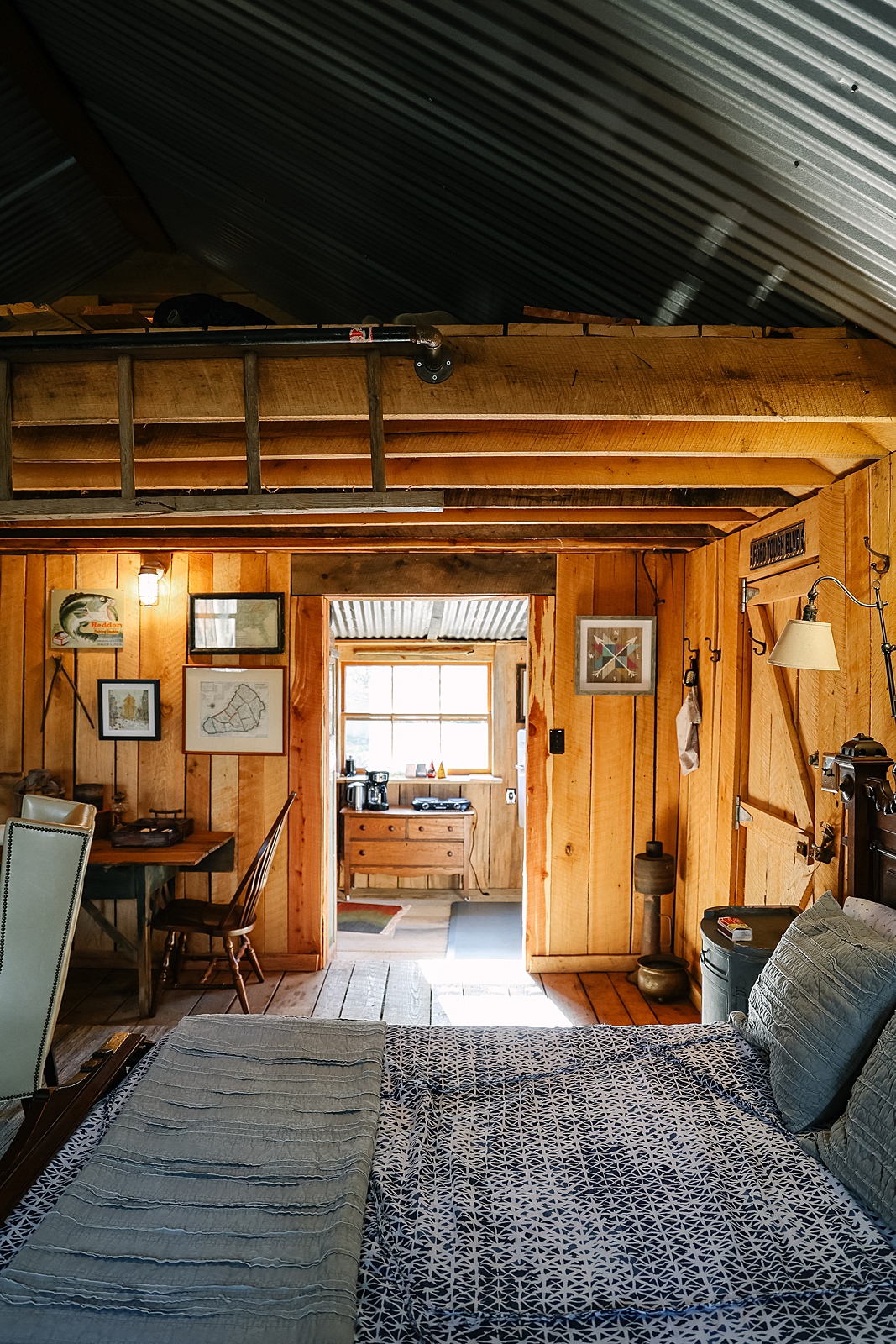Today we’re talking about tips for planning a solo retreat – and why you should prioritize one, sooner rather than later.
If you feel like your day-to-day has turned into an endless sea of emails, notifications, loud noises, distractions, highlight reels, and alerts – you are not alone. The average person spends over 2 hours on social media every day, and for many, it’s far more than that.
More than ever, we’re bombarded with constant noise (actual and mental) that makes it hard to find even a few minutes alone and uninterrupted by what others are doing, and what they need from us.
Why does time alone and in silence matter so much?

It allows our experiences, thoughts, desires, and inner voice to fully integrate and find equilibrium.
A lot of folks experience nearly perpetual “FOMO” (Fear Of Missing Out) and feel that they aren’t doing “enough”, largely thanks to social media. While I encourage you to consume social media more mindfully, in general; taking a solo retreat can be a welcome change of pace to solidify boundaries, introspect, and come back to your own values.
In fact – I’m proposing that you try “JOMO” (Joy Of Missing Out). This is the joy that comes from being in the present moment, from romanticizing the little things, and focusing on only what you can control. Try it on for size anytime, but specifically, by planning a solo retreat.


If you’re currently constantly looking at your phone, there will be moments during a solo retreat of discomfort, boredom, or thinking “wtf am I doing here?”.
If you can work through those moments, you’ll experience benefits like these:
The opportunity to reconnect with nature:
There are almost too many benefits to connecting with nature to list in a single paragraph or blog. Years ago I hosted a series of guided meditation hikes called “Connect With Your Nature”. I moved to a different state to live in the middle of a forest, despite it seeming like a random move to many, because I deeply believe in the benefits of being in nature. There is not and never will be some AI replacement for watching a sunrise, feeling a warm breeze on your skin, or gazing at the Milky Way.
There’s even a theory called ART (Attention Restoration Theory), which is essentially the theory that time in nature contributes to our ability to overcome mental fatigue, overwhelm, and positively impacts our ability to focus and direct our attention. Essentially, it has the opposite effect than that of social media on our shrinking attention spans.
The opportunity to unplug and hear your own thoughts:
There are major benefits to unplugging for a while on our physical, mental, and emotional well-being. This can be a partial unplug, or a full one (even an “information fast“). As a lot of folks found out in the throes of 2020 lockdowns, sometimes when we’ve been working our asses off *not* to hear our own thoughts and anxieties – it’s a lot. I suggest going into a solo retreat with a plan for processing them like journaling, meditation, hiking, or other creative outlets. When we remove distractions and honor our own thoughts, emotions, and desires in this way it allows us to find clarity, reconnect with our core values, and ultimately take aligned action in our lives.
If you want support during that, I recommend booking something like a Day of Clarity coaching session. That would be a way to create a retreat-like experience, during your solo retreat, without the price tag that comes with more traditional guided retreats (which I also love.).
The opportunity to experience unstructured time:
I love a to-do list.
An itinerary.
A plan (and a planner).
A morning and evening routine.
There is something magical in unstructured time. It’s a little sabbatical for your brain that allows it to feel a renewed sense of well-being, freedom, and creativity. It’s an opportunity to check in with your current routines, habits, and rituals to see if they’re really serving you.
Or, to do absolutely nothing. Nap, read, and meander, while watching leaves float through a stream. Marvel at moss on a branch, watch the clouds and search for constellations in the night sky.

Planning a Solo Retreat
You can plan a solo retreat however you want. These are simply some guidelines that I’ve found helpful for myself, and for coaching clients and friends when planning their own. If you follow these, it should help with making sure it actually happens and that you make the most of it.
1. Put it on your calendar
This one seems obvious, but I’m dead serious. Pick a weekend or set of days that work for you, and carve out the time on your calendar. Not as a “maybe”, but as a time that you are totally unavailable and committed to this time with yourself. If that seems far-fetched to you try reframing it and thinking of it as you would a very important work meeting or family celebration. It is just as important, if not more, as those occasions.
2. Pick a place
The main things to keep in mind when picking a place are budget and location. My go-to for finding unique spots of all budget levels and locations are:
- Hipcamp (like this cozy off-grid cabin)
- Airbnb, VRBO, or similar sites
- Guest/vacation homes of friends
- State or national park lodging
3. Set an intention and theme, not a to-do list
It might be tempting to use this uninterrupted time to knock a lot off of your to-do list or make it “productive” in some way. Instead of making a list of things you’d like to accomplish during your solo retreat, I encourage you to go in with an intention. Think of some reasons why you’re choosing to prioritize this time, any big decisions you’re hoping to gain clarity on, or simply how you’d like to feel.
Once you have a clear intention, if you want a little bit more structure – pick a general theme and elements that support it. This could be adventure, creativity, reflection, or something else entirely.
4. Communicate boundaries & expectations beforehand
A big part of making this actually happen is communicating boundaries and expectations with others before your retreat. Set the OOO email, let your family know how to reach you in case of emergencies, and consider letting the hosts where you’re staying know that you’re in search of solo time. If there’s anyone in your life who will be mad about you disconnecting for a while, that’s a whole other topic to be addressed.
5. Plan to limit technology
I’m not saying you need to turn into a monk, but this is not the time to lose 45 minutes on the TikTok for you page or doom scroll the news. Spend your time wisely and intentionally. Consider putting your phone in airplane mode, or at the very least Do Not Disturb – and place it somewhere out of view.
6. Pack a journal
If you spend time with your own thoughts, there will be things to process. One of my go-to ways to do that is through regular journaling practice. If you’re not quite sure where to start, I have a free guide on journaling that you can download here.
7. Prioritize unstructured time in nature
Use your time to ponder, meditate, think, nap, journal, or doodle. If you get bored, that’s actually good for you once in a while. Consider trying out a walking meditation, bird watching, or plant identification.

I really hope this encourages some of you to plan and follow through with a solo retreat to enjoy the experience of recharging, reflecting, and reconnecting with nature and yourself.
If I can help with planning anything on your first solo retreat, please let me know in the comments below.






thanks for info.